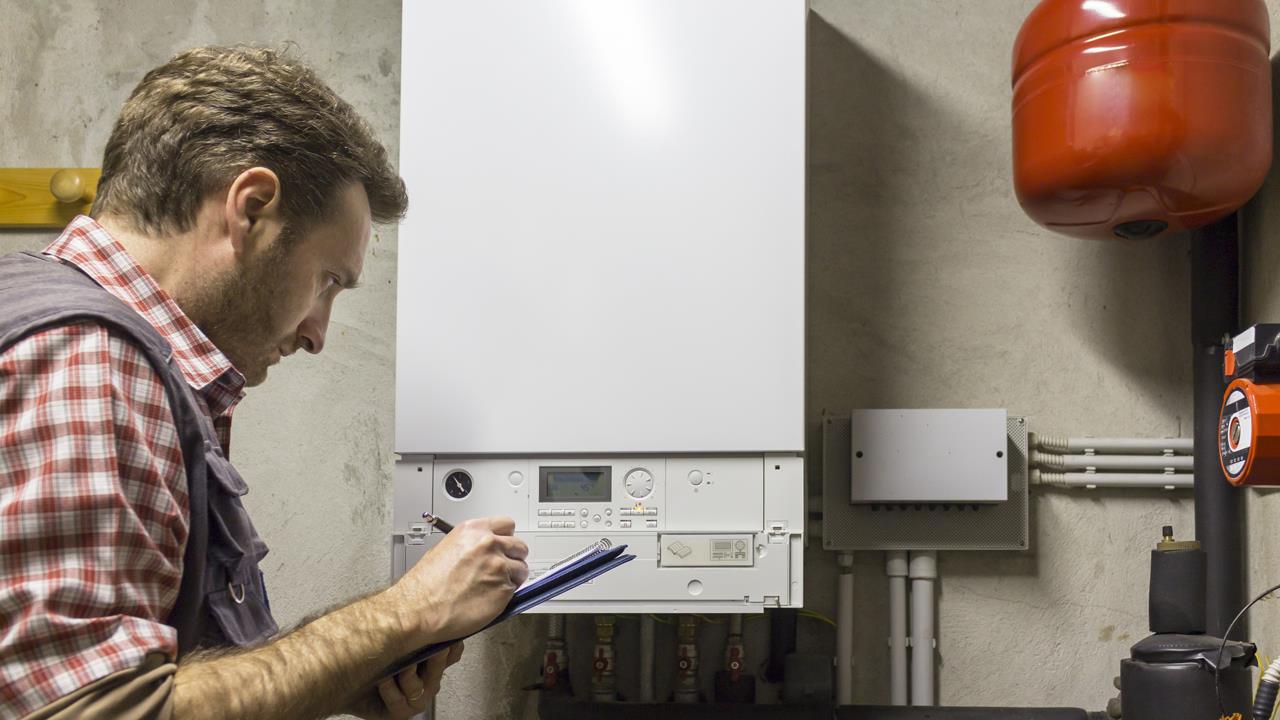


Steven Sutton, Technical Manager at the Heating and Hotwater Industry Council, gives his advice on the correct use of PRVs.
As water expands when it is heated, all sealed central heating systems need a pressure gauge, an expansion vessel, and a pressure relief safety valve (PRV). The PRV is a simple spring-loaded diaphragm normally situated at the base of the boiler to stop any excessive pressure causing damage.
British Standard BS 6798:2014 states that all sealed heating systems should incorporate a PRV but, although the PRV is normally provided as an integral part of the boiler unit, the standard advises that it can be supplied as a separate component, if installed separately.
Now is an opportune time to reiterate that the PRV is not designed to drain down the heating system. Installers may be tempted to use it to drain down the heating system, but this is something not recommended by manufacturers as it has the potential to cause a fault now or in the near future. There are clear reasons behind this.
As we know, when draining the heating system, contaminants are disturbed and will drain through the PRV. It is highly likely that any debris will attach itself to the valve seating and, although the valve will close, it will not completely seal. As a result, when the heating system is put back into operation, there will periodically be water dripping from the PRV discharge pipe. So, depending on the level of leak, the system will de-pressurise and a fault will occur.
For the homeowner, this means they must continually re-pressurise the heating system or call out an installer to do so. But, ultimately, a new PRV will be required.
The system should contain drain-off valves at all low points, as BS 6798:2014 mandates that these are fitted to the heating system. It is crucial that installers only drain the system through these.
When draining down any heating system, installers should always take the opportunity to check the condition of the water that is drained off, especially if it is highly contaminated due to lack of servicing. The minimum should be to top up the inhibitor when refilling.
There are a number of other requirements that installers must also adhere to. For example, the discharge pipe from the valve must be metallic unless an alternative material is specified as being acceptable by the boiler or pipe manufacturer. This alternative pipework will have been specified to withstand high temperatures and pressures exiting the PRV for the lifetime of the boiler.
When making use of drainage by gravity, an installer should look to the boiler instructions for the pipe sizing and material to be used when combining a PRV and condensate discharge pipe. It is recommended that effort should be made with the installation of a suitable device, to prevent condensate backflow from entering the metallic pipe used between the PRV discharge outlet on the boiler, and the point of combination. This will ensure the longevity of a customer’s boiler is safeguarded.
A recent study by University College London forecasts bitterly cold weather in January and February, with temperatures as low as -20°c in many areas, with the potential to cause condensate pipes up and down the country to freeze. It is therefore important for installers to follow the manufacturer’s guidance when combining the PRV and condensate discharge pipes.
BS 6798:2014 advises that, when combined, the discharge pipe should be terminated inside the property to avoid the risk of freezing, unless other means of ensuring safe PRV discharge in the event of freezing has been specified in the appliance instructions.
It is also worth remembering that any combined condensate discharge and PRV pipes installed in unheated areas, such as a loft, will require adequate insulation while the internal diameter of the condensate pipe should be increased to 30mm.
My best advice would always be to follow the manufacturers’ instructions, BS 6798:2014, and the HHIC’s frozen condensate guide. PRVs are built and designed to last, if correctly installed and used. They should therefore not be used for draining down the heating system. It is also important to remember that, when refilling the system, inhibitors must always be added to ensure that there is ongoing protection against rust and contaminants forming.
By following correct PRV guidance, unnecessary and costly boiler breakdowns can be avoided.
If you'd like to keep up-to-date with the latest developments in the heating and plumbing industry, why not subscribe to our weekly newsletters? Just click the button below and you can ensure all the latest industry news and new product information lands in your inbox every week.